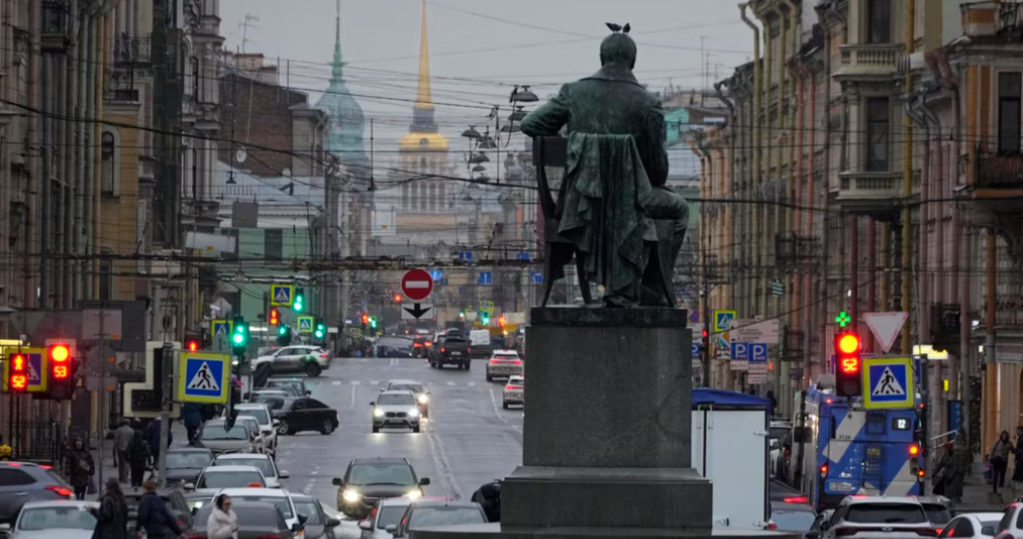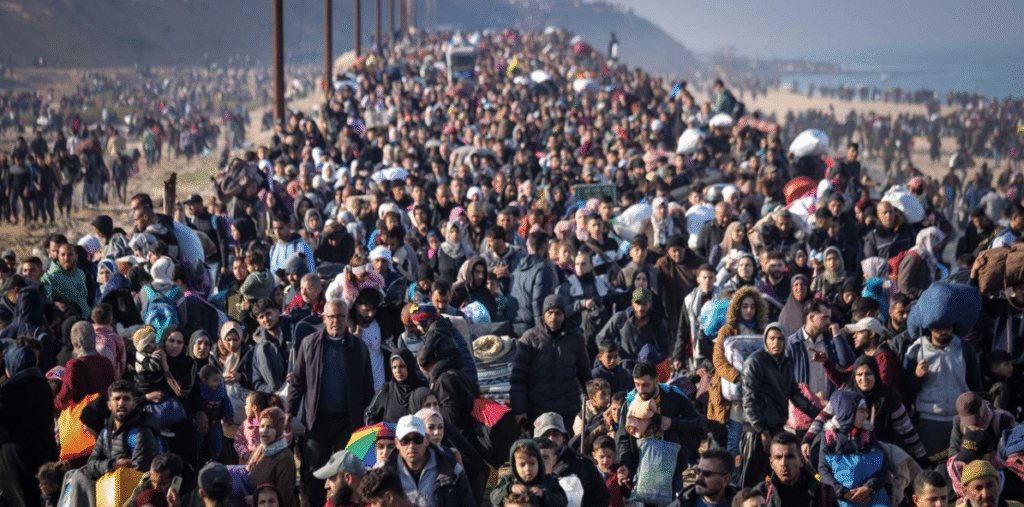Russia’s population is shrinking at a pace not seen for a generation. In 2024, births dropped to 1.22 million, the lowest since 1999, while deaths rose to about 1.82 million, increasing natural population decline by roughly 20 percent compared to the previous year. More people are dying than being born and the war in Ukraine, along with pandemic aftershocks, has intensified the trend.
Losses from War and Emigration Drain Young Working-Age Population
The war has added another layer of demographic loss. Military casualties, mobilization, and fear of conscription have prompted many young Russians especially men to leave the country. At the same time, long-term emigration of educated and mobile youth has drained human capital.
These losses hit those in their reproductive and productive years hardest, thereby reducing both birth potential and labour supply.

Russia’s demographic structure already bore strains before the war: fewer people born in the tumultuous 1990s, a drop in fertility, rising mortality from health issues, and declining life expectancy in some male cohorts. Now, with war casualties and outward migration disproportionately from regions with higher fertility some republics in Siberia and the Far East, Russia loses both population quantity and demographic buffers that might have slowed decline.
Labor Shortage Looms Russia Could Lose Millions of Workers by 2030
Government analyses now warn that Russia may face a shortfall of 11 million workers by 2030, as many will retire or leave the workforce and too few young people replace them. Employers already report manpower gaps. Some industries are increasingly dependent on older workers, and companies struggle to fill roles. The shrinking labor force threatens long-term growth, productivity, and economic stability.
The Kremlin has taken some steps to reverse decline. Officials have promoted family support programs: financial incentives for having more children, tax breaks for large families, expanded maternity benefits, as well as rhetorical appeals for women to have children. President Vladimir Putin described population growth as essential not only to economic performance but to “ethnic survival.

Still, many citizens resist or feel unmotivated by these policies. Economic insecurity, uncertainty of war, sanctions, inflation, lack of social infrastructure, and concerns about future stability make many young Russians hesitant to have children.
Future Risks From Territorial Management to National Identity
Beyond economics and labor, demographic decline creates deeper risks. Russia’s vast territory especially in sparsely populated Siberia and the Far East relies on a stable population to enforce control, maintain infrastructure, and secure borders. As population thins, governance and defense become harder. Moreover, a shrinking population undermines national identity narratives built around strength and scale.
Additionally, public services like healthcare and pensions face increasing strain as the proportion of elderly rises and fewer younger workers contribute to state revenues. Unless fertility rises or immigration increases significantly, the burden on public finances will worsen.


 Russia and China join forces against the United States
Russia and China join forces against the United States  Russia Launches Massive Assault on Ukraine with Over 500 Drone
Russia Launches Massive Assault on Ukraine with Over 500 Drone  Russia and Iran discuss nuclear program ahead of European talks
Russia and Iran discuss nuclear program ahead of European talks  Ukraine: Russia says drone sparks fire at nuclear plant
Ukraine: Russia says drone sparks fire at nuclear plant  Ukraine Honors National Flag Day as Russian Attacks Continue
Ukraine Honors National Flag Day as Russian Attacks Continue  Five People Killed as Russia Continues to Attack Ukrainian Cities
Five People Killed as Russia Continues to Attack Ukrainian Cities